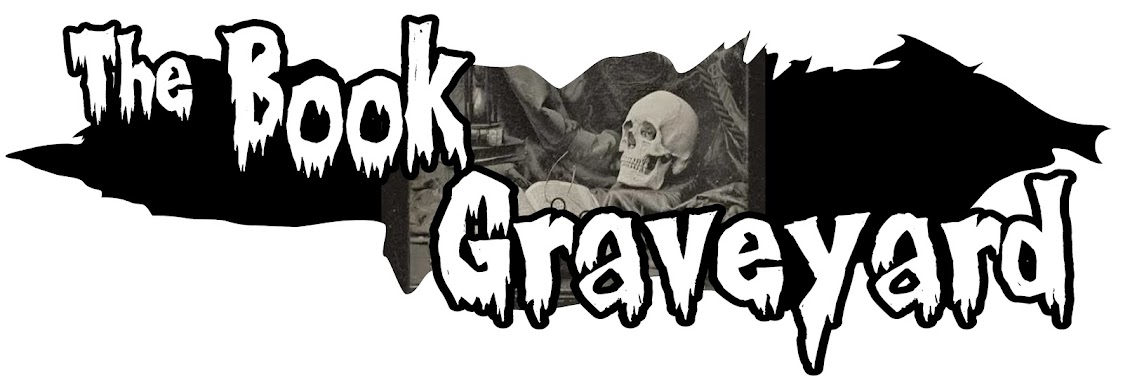Dell 1960
Cover art: Robert Maguire
No pseudonyms here, David Alexander (1907- 1973) was his real name, a rarity around this era of crime fiction. He created his series character, Bart Hardin in 1954 and had eight entries in the series with Dead, Man, Dead being the final entry. It was originally published in hardcover by NY Lippencott in 1959.
Bart Hardin is a New York City newspaper man who writes for a sleazy paper called The Broadway Times that covers horse betting, boxing and show business. In real life Alexander had done a bit of the same, being a horse race sportswriter for first the Kentucky based Lexington Herald and then The Morning Telegraph in NYC. He had dreams of being a mystery writer though, so he enlisted in the New York’s Institute of Criminology to learn the tricks of the trade. He wasn’t playing around! His first novel Murder in Black and White was published in 1951 and from then on, he would consistently publish books while simultaneously being involved in the world of horseracing.
The basic premise: After a relaxing cruise ship vacation to the Caribbean, Bart Hardin and his actress girlfriend Carol Ann are back in New York City. An attempt is made on her life. She thinks it’s because of something strange she witnessed on the ship. Hardin’s on the case and it seems to have something to do with oversize puppets, a calypso singer and, (I’m sure I’ve everyone will be shocked by this one) the mob. The mob has got to be the biggest boogeyman in the world of crime fiction.
I found the Hardin character paradoxical. Throughout the beginning, on the cruise ship, he comes off as straight and narrow. He’s the upright everyman from every non-noir 50s black and white movie. He doles on his actress girlfriend, who is all but helpless. His love for her is turned up to 10 and corny. Back in New York his love for her remains but now he’s out at 4am getting plastered, eats at run down all-night greasy spoon diners, is a gambling addict, and personally knows mobsters.
This was my first Hardin entry, so I had no idea what his personality was like. It was so odd to have a perception of the character and have it totally change by mid book. All I could think was, does Carol Ann know what this guy is really like?? What’s interesting is in the book it’s not played like Hardin is leading a double life. It’s all so common place.
Half of the supporting characters are cartoonish. We have the longshoreman mob guy who speaks in third person and says Rodney Dangerfield type stuff like, “you look like my grandmother…. when she was dead three days.” Helpless Carol Ann who spends almost the entire book hiding in her apartment or being guarded and is afraid of everything. And a Calypso singer who gives cryptic Calypso song lyrics as clues.
The Hardin character, on the other hand, is quite interesting and I never know what he’s going to do but he never ventures too far from his foundation to become ridiculous. There is a rich uncle to Carol Ann that I liked only because he reminded me of Stinky from the Basil Rathbone Sherlock Holmes movie Dressed to Kill. He’s just happy to be here. The puppeteer was enjoyably eccentric, shrouded in multiple mysteries. And a rich racist old white lady. And when I say racist I mean, “this black person cannot sit at my dinner table,” racist. A cliché character yes but what’s great about this is, this isn’t some of-the-era unfortunateness, this is something David Alexander put in on purpose as a character trait to show how terrible of a person she is. A writer from the south in the 50s taking a stance against racism and working it cohesively into the plot. Hats off to you Mr. Alexander.
The conclusion was a bit of a letdown. It was a total, “oh, that’s it?” There was a wrap up chapter that was pretty cheesy. “And here’s what really happened…”
The cover art sold me voodoo but nary a voo or doo is committed. It sure is beautiful though eh? Top notch work from Robert Maguire. That bright red hair, her creamy skin with the purple dress blending into the blue background. Perfection. It’s worth owning for that alone.
This landed right down in the middle of the enjoyability scale. It was entertaining but not mind blowing. It wouldn’t stop me from checking out another Hardin entry but I’m also not running to the store with my wallet out.


No comments:
Post a Comment